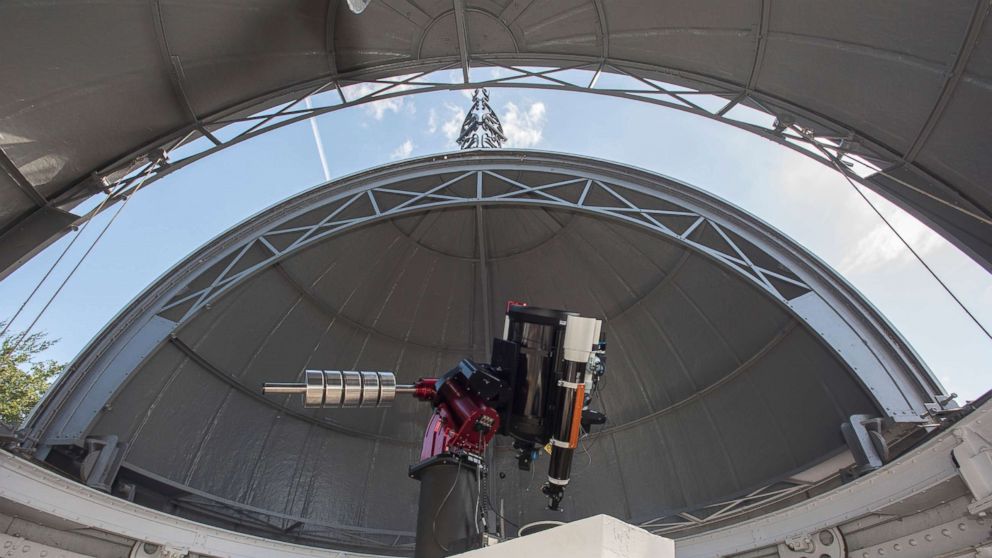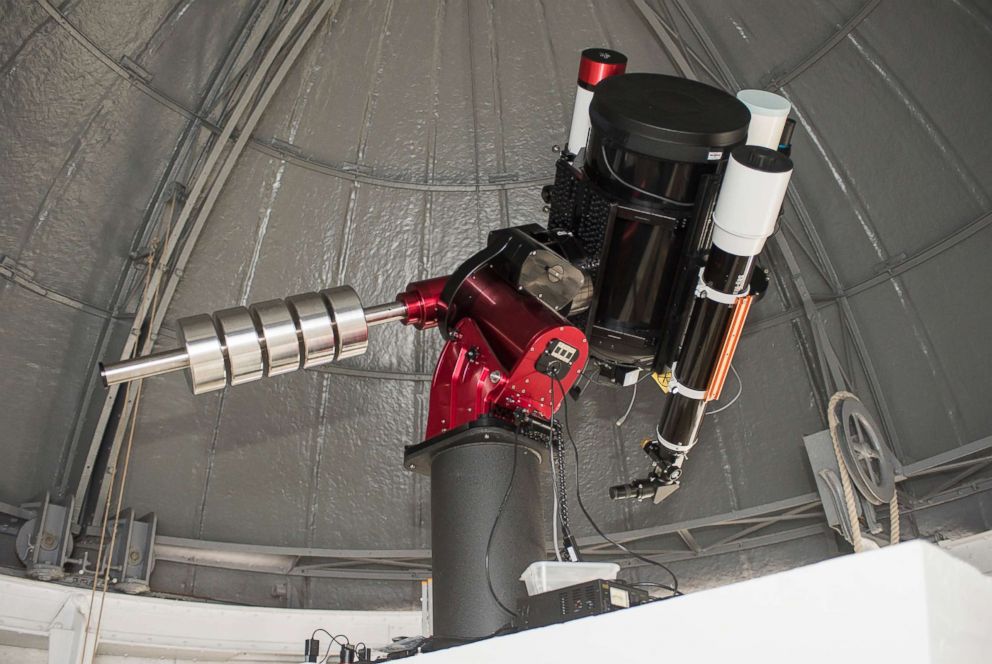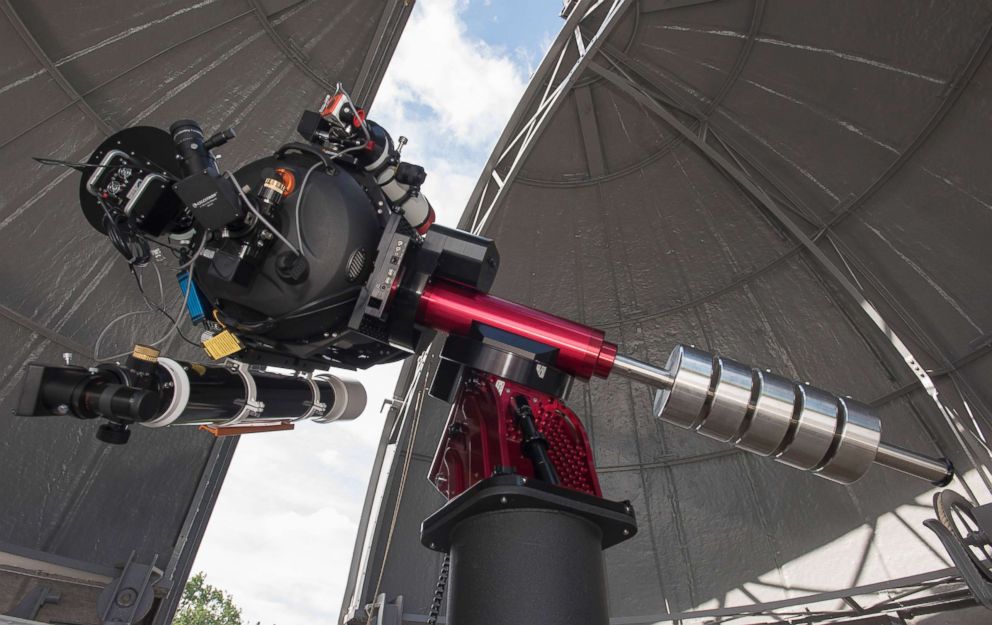Astronomers at famed Greenwich observatory turn eyes to the skies again after 60-year break
"We’re made of bits of dead stars."
London -- After a 60-year hiatus, astronomers at the Royal Observatory Greenwich in London are studying the sky again.
The observatory, which is home to the Prime Meridian of the World and Greenwich Mean Time, has installed a new telescope that will allow astronomers to study the surface of the sun, star clusters and perhaps even exploding stars in other galaxies. The telescope is named after Annie Maunder, one of the first women scientists to work at the Royal Observatory Greenwich.
We can recover the night, punch though the light pollution and make meaningful observations
The Royal Observatory was founded in 1675 by King Charles II and it was a working observatory until 1957, when its instruments were moved to Herstmonceux in Sussex, England. The observatory then became a museum and place that educates the public about modern astronomy. With the new telescope, the site will go back to being a working observatory.
Some of the world’s largest telescopes are located in very isolated places with little light pollution, such as the Atacama desert in Chile, but with new technology Londoners can look at the stars through the Annie Maunder Astrographic Telescope despite the city’s light pollution.

"We can recover the night, punch though the light pollution and make meaningful observations," Tom Kerss, astronomer at the Royal Observatory Greenwich, told ABC News. "We live such earth-centric lives. A lot of us spend a lot of time looking on the ground, but the vast majority of what’s happening in the universe is not happening here on Earth, it’s happening in the sky.”
The new instrument has several cameras and the images it captures will be available to the public via live-streams and workshops. The Royal Observatory is also inviting volunteers with research ideas to use the telescope. The instrument can be used to study the sun that gives life to Earth as well as asteroids and comets that can threaten it. It can be used to look at our own solar system as well as other galaxies. Kerss said it is important to do this type of research because it is a way of getting a better understanding of ourselves.


“We think the universe is so far away, but the truth is it’s very close to us,” he said. “Every atom in your body was present in the Big Bang. We’re made of bits of dead stars. We are studying these things that are very far away, but we’re learning about ourselves in the process.”




